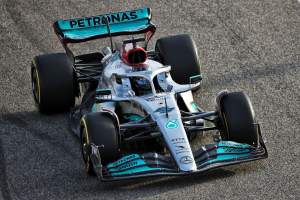Why the spirit of the regulations does exist in F1
F1 now effectively has a system in place to regulate whether the spirit of its regulations have been respected. That doesn’t mean the mechanism will always be used to effectively declare designs illegal – but it can do so if necessary

As Adrian Newey said many years ago, “there’s no such thing as the spirit of the regulations regulation”. Yet thanks to a combination of the 2022 regulations and the governance mechanisms in F1, there now effectively is.
This year’s rules set is all about tackling key problems plaguing grand prix cars during what might loosely be described as the aero era, with improving “raceability” the founding principle. Formula 1’s managing director of motorsport Ross Brawn has compellingly argued that a great virtue of the new system is innovations steering F1 car development in a direction counter to the objectives can be clamped down on.
F1’s technical regulations evolved into something of a Frankenstein’s monster over the years, a patchwork created by the push-and-pull of innovation and regulation. The 2022 rules are the first time there has been a ground-up reworking of the rules conceived and refined not only to make it easy to follow by reducing turbulence, but also produce a set of rules that works for F1 globally in the sense of tackling a broad range of problems rather than tackling one specific area. The hope is the cars are the product of joined-up thinking and the early indications are the rulemakers have at least done a solid job.
Under the governance structures established in 2020, it is possible for immediate rule changes to be made provided the FIA, F1 and the teams collectively vote with a so-called ‘super-majority’ of 28 out of 30 votes. FIA and F1 vote as a block. Therefore, it requires eight out of 10 teams to push through an immediate change whereas previously it required unanimity.
Achieving unanimity was only possible in exceptional circumstances given usually such changes would prevent a team or a minority of teams running a design believed to be beneficial in terms of performance. Turkeys generally do not vote for Christmas – although in F1, occasionally wider pressures have been brought to bear to achieve that effect.
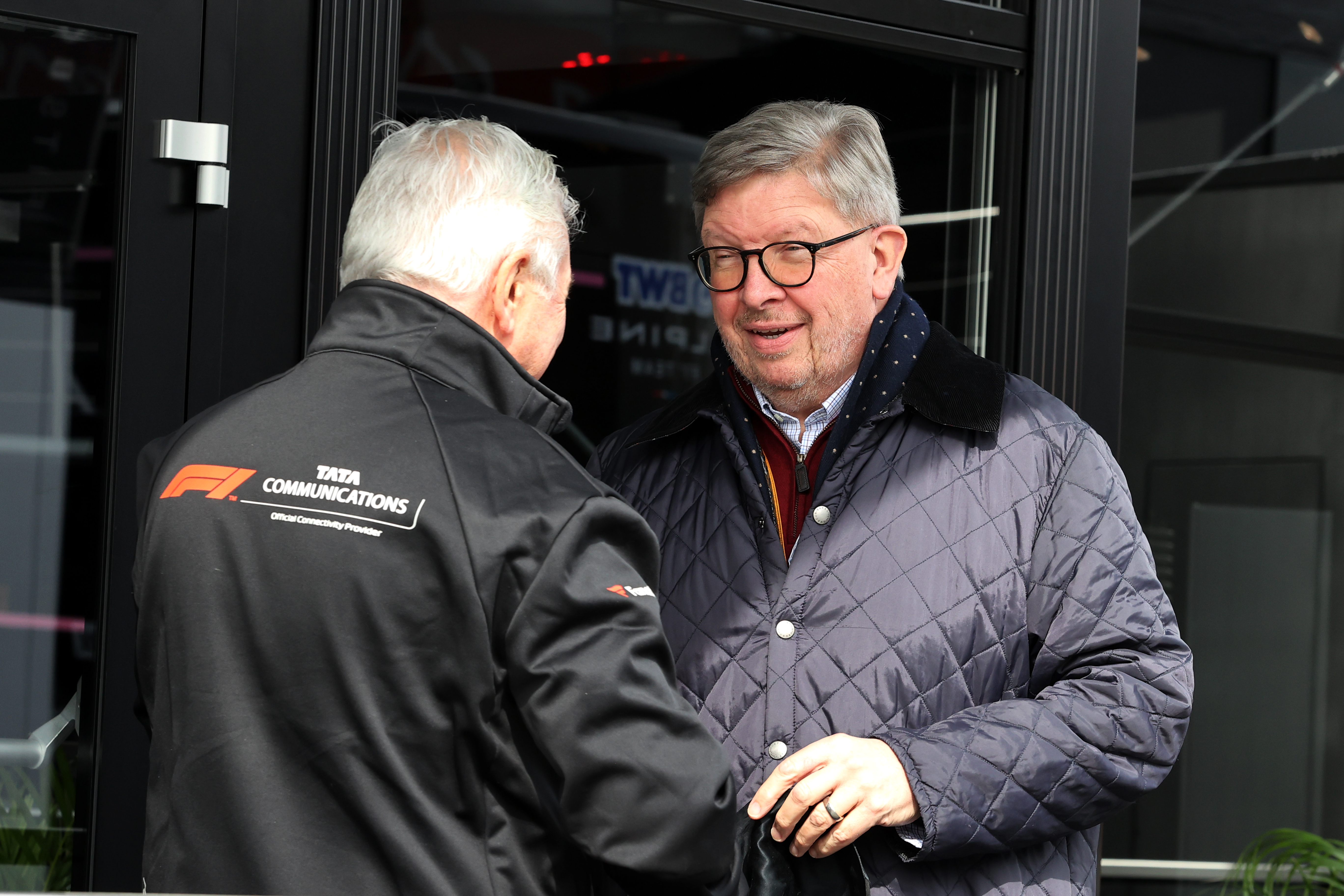
What Brawn argues is that this new system gives the FIA and F1 the mechanism to fine-tune the rules and ensure the cars do not drift away from the mission of the rules. In short, that is to make the racing better.
While this is a different approach to what we’ve seen historically, it’s not entirely accurate to suggest the so-called spirit of the regulations was entirely ethereal before this year. It was cited often and even had some practical applications.
For example, Charlie Whiting occasionally used it to justify clarifications of the regulations based on arguing a clash with the intent of the rules. After all, changing the regulations might have required unanimity, but a technical directive is a different matter.
The argument for such cases was simple. If there is some unintended ambiguity within the regulations creating an opportunity to be exploited, then you can justifiably fix it to close it off.
However, this has its limits. It’s one thing to clarify a written rule to close off such interpretations if there’s some linguistic error that opens the door to something. Effectively, the logic is ‘we wrote it to achieve this specific end, it wasn’t quite right so we are going to fix it to stop liberties being taken’.
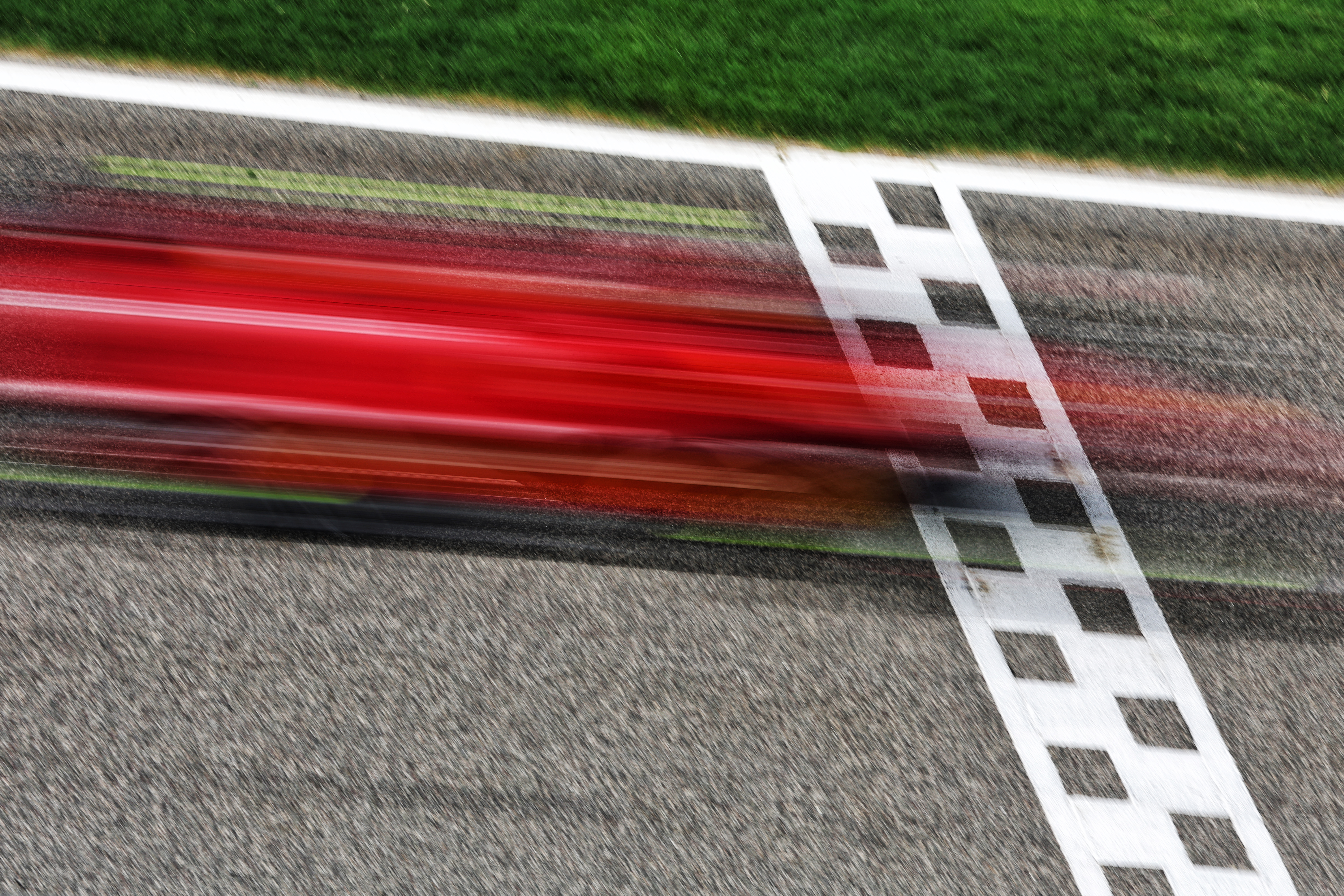
It’s necessary to have such a system simply because no set of rules is perfect. There’s always room for interpretations, linguistic gymnastics and semantic trickery to get your way and nobody can foresee all of them. With regulations as complex as those in modern grand prix racing, there is no alternative.
But F1’s argument on intent of the regulations is broader than this. The above example is for a situation where a specific rule is written to stipulate something and there’s some interpretation or loophole allowing you to circumvent the specific intent.
However, what Brawn is talking about is what might be called the general intent of the rules. It’s not about whether part ‘x’ is intended to be one thing and someone has found a way effectively to turn it into part ‘y’ with a completely different function, it’s about whether a direction is set that proves problematic.
Article 3.2 of the technical regulations codifies aspects of this. Article 3.2.2 includes a version of the primary purpose rule that reads “the aerodynamic influence of any component of the car not considered to be bodywork must be incidental to its main function. Any design which aims to maximise such an aerodynamic influence is prohibited”.
There is also a broader rule at the start of Article 3.2 stating: “An important objective of the regulations in Article 3 [aerodynamic regulations] is to enable cars to race closely, by ensuring that the aerodynamic performance loss of a car following another car is kept to a minimum”. The rule goes on to state that the FIA can request “relevant information” to verify this.
All of these concepts are therefore integrated into the regulations. However, they are not absolutes. The principle of being able to make changes to protect the spirit of the regulations exists and the mechanism does, but there’s no specific system or way of measuring or applying it.
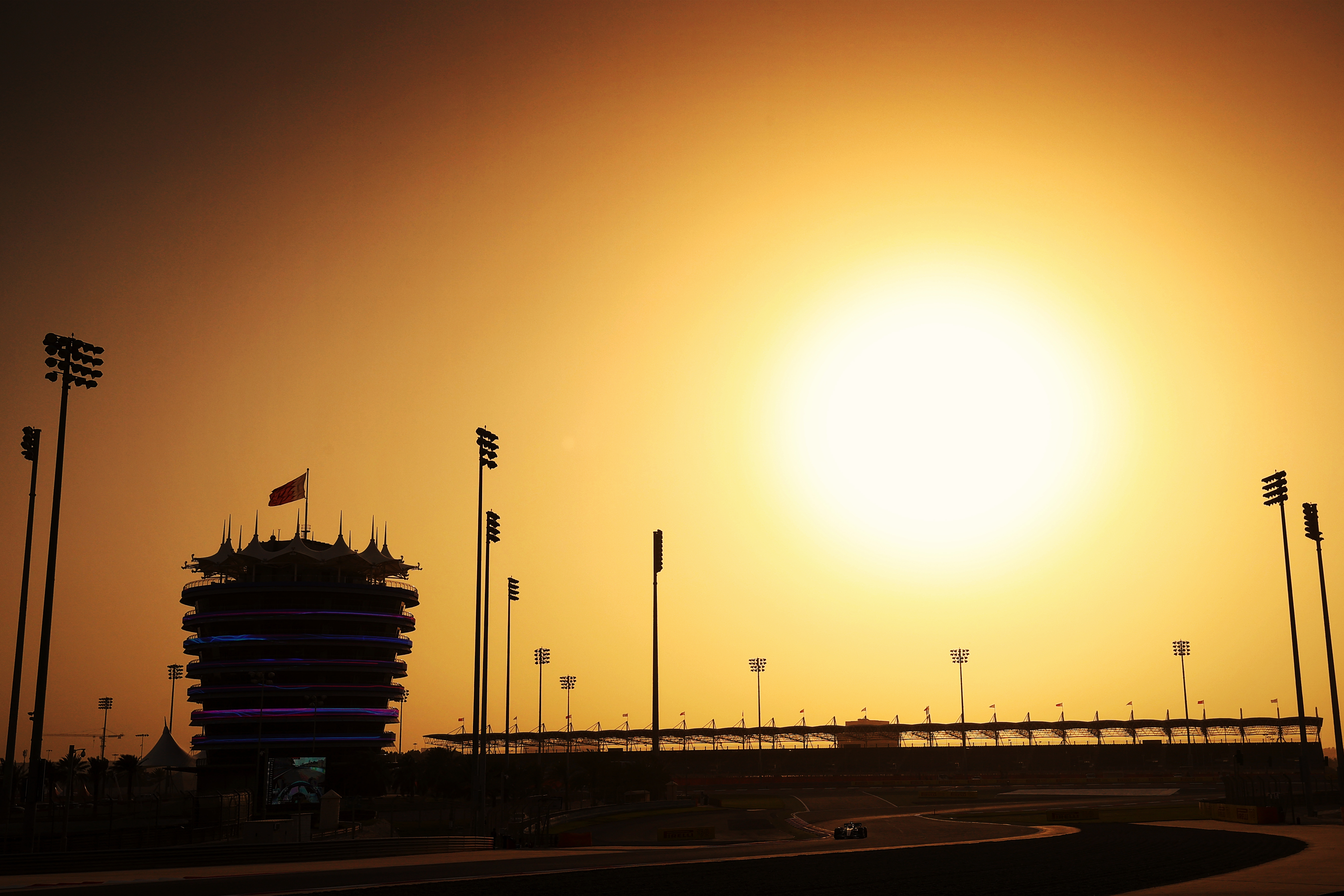
Not that this is necessarily a bad thing. There is a certain mania to regulate every single aspect of F1 driven by an honest desire for clarity. But reality is never so clear-cut, it’s full of grey areas and nuance and it does require a certain margin for intervention that, if done correctly, should ensure the F1 rules work as hoped. That demands a steady hand and a sound head in control of making those decisions, especially given the decision makers will be at the heart of a volatile political maelstrom.
FIA head of single-seater technical matters Nikolas Tombazis stresses this rule is about “correcting” rules rather than deeming cars to be illegal.
“The specific reference to the intent in the regulations is in order to give a sort of moral high ground if something has gone off piste,” said Tombazis when asked by The Race about the scope of this.
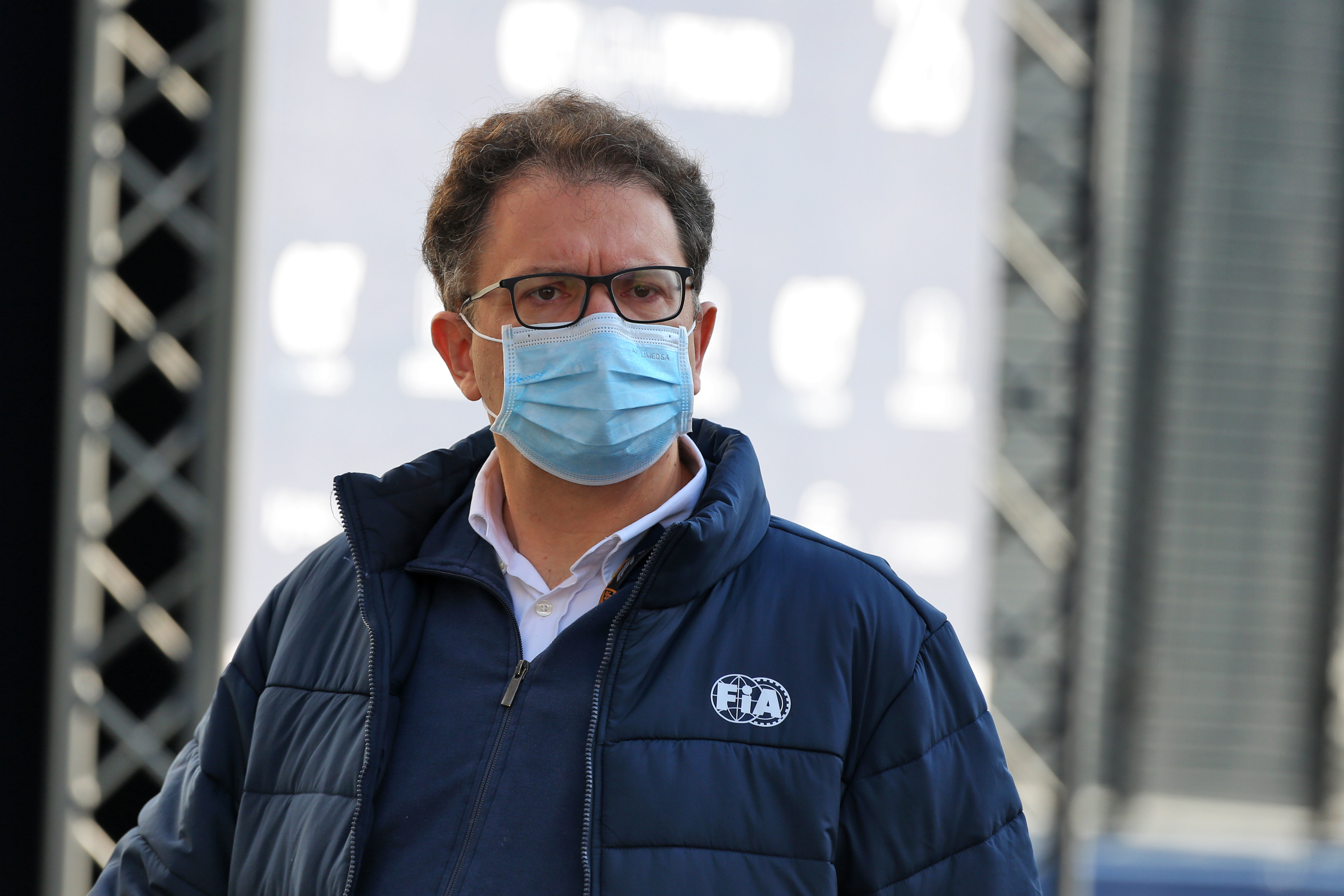
“It’s to be able to discuss with the F1 commission and to say ‘look that was the intent, we shouldn’t forget it, we have a moral imperative to act on it’. It is not to say, this car is illegal because it is using a wake that we don’t like or something like that, because that would have been a fairly slippery slope.
“If we started trying to assess the wake of a car to assess whether it’s legal, that would be pretty dangerous position to be in and very uncomfortable also, because we’d have to somehow do simulations and try to assess things and then the engineers do need certain certainties on what to operate on.
“So that is mainly to highlight the intention and to give us the position to discuss things openly and clearly with the teams and then the F1 commission if we feel that things have gone astray for some reason.”
What Tombazis says is entirely logical. But just because it’s not a means to exclude a competitor doesn’t mean it can’t be used to de facto make a car illegal. The Mercedes mirror design is contentious and there’s no regulation that prohibits it, but if a correction were to be made ahead of the Bahrain GP weekend it would still amount to much the same thing and force a change.
The rules specifically refer to the ability of the cars to follow, but raceability can be considered a broader church. The rules also aimed to ensure that the competitive spread is closer, so you could conceivably argue that designs conferring a big advantage are against the intent of the regulations.
That would also a slippery slope, but it’s one that does exist to be stepped onto given the governance mechanism Brawn speaks of can be used regardless of what the regulations say. If a situation arises in the future where one team is miles ahead, it wouldn’t be a surprise to see such mechanisms used to correct that – even if this is absolutely not the intention of F1 and the FIA. After all, if one team is dominating, it probably won’t be too difficult to get eight of its rivals on side.
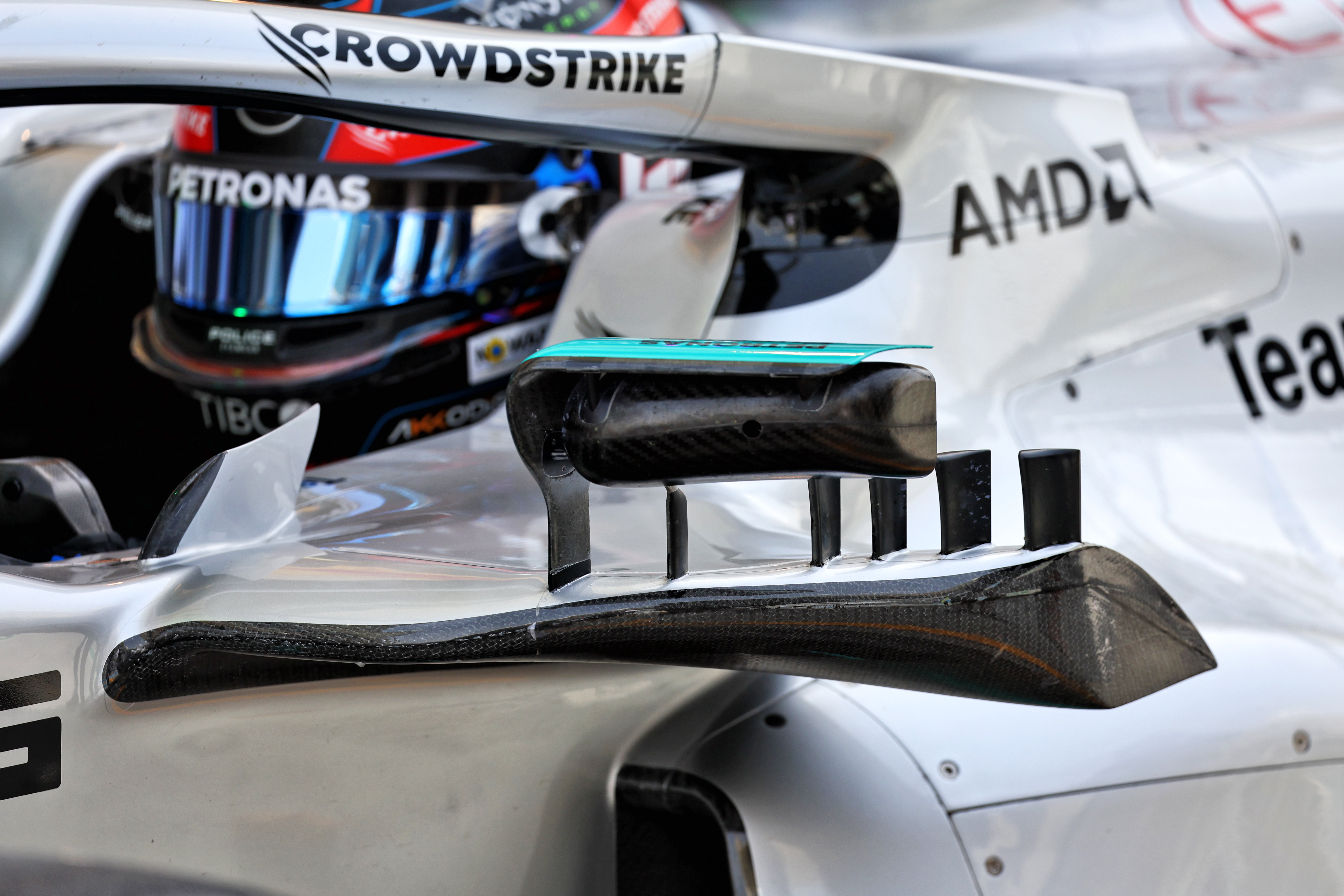
Teams will be testing how pliable this system is as we speak. After all, it is their job to seek every competitive advantage so logically they will attempt to do so. The Mercedes wing mirror arrangement is among the targets that is up for discussion.
The upshot is that there is a spirit of the regulations regulation now. And beyond that, a mechanism that could allow the FIA/F1 and a majority (but not all) teams to make changes to the rules. It’s a question of exactly how that is used – and how extensively.
There’s no indication currently that it will be overused or abused. But the mechanism now exists for a more interventionist approach. Hopefully, it will be used wisely as F1 dances the tightrope of ensuring it’s a fair sporting competition and one that is closely-fought and exciting.
